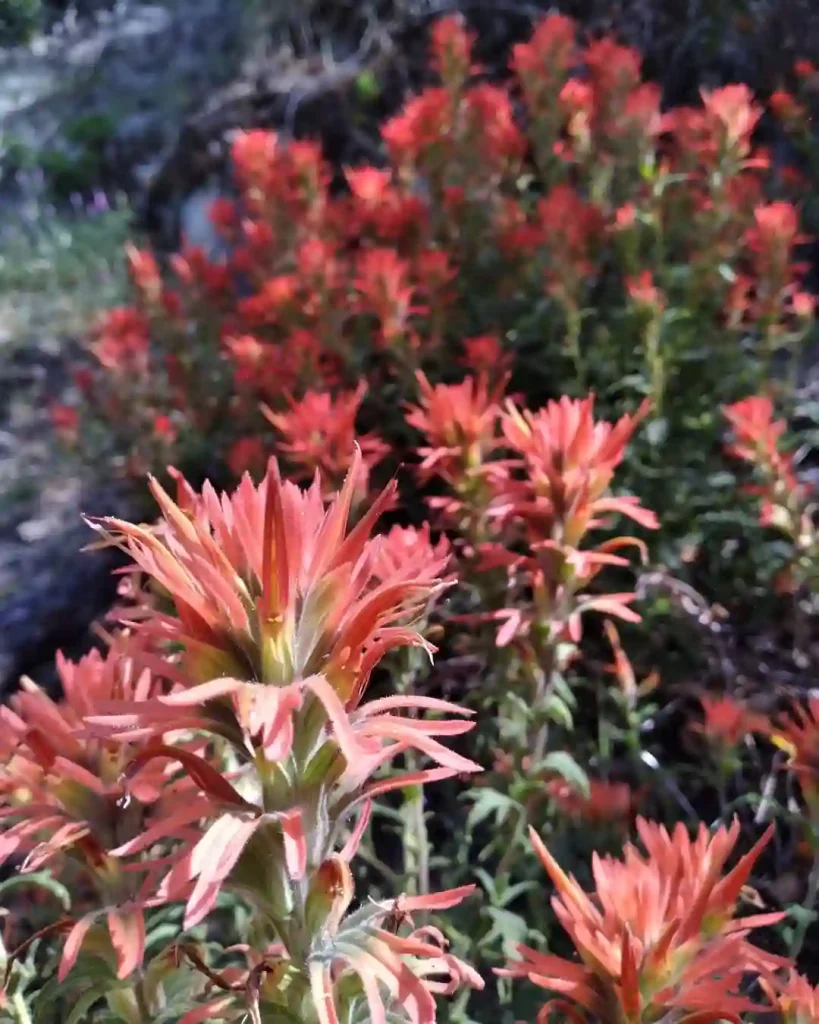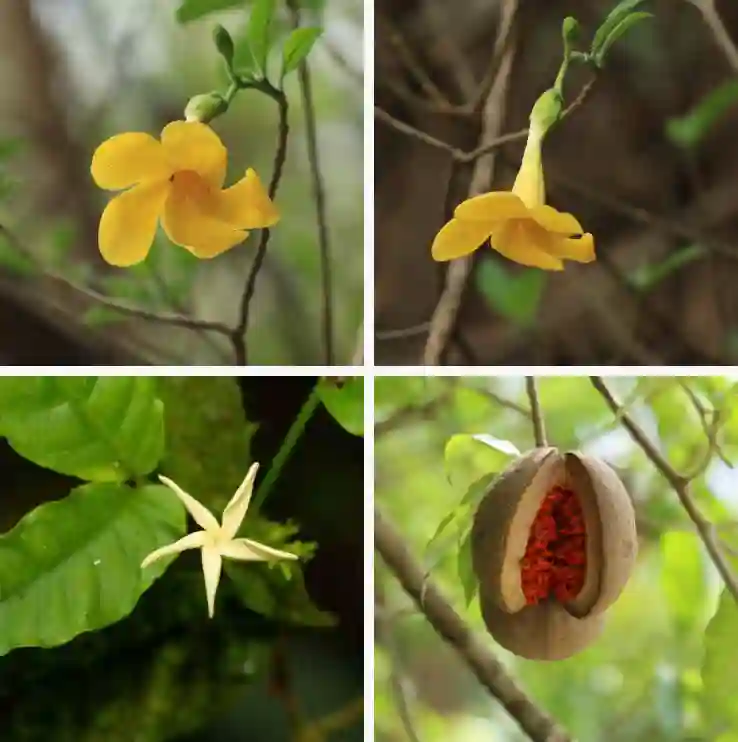Schizachyrium: A Deep Dive with Ferb Vu
The world of grasses is vast and often overlooked, but for me, it holds a special fascination. Today, I want to delve into a particular genus that has captured my attention: Schizachyrium from the Poaceae family. This intriguing group of plants, commonly known as bluestems, boasts a diverse array of species with unique characteristics and ecological roles. Join me as we explore the fascinating world of Schizachyrium.
Understanding the Name
The name Schizachyrium might seem like a mouthful, but it actually provides clues to the plant’s distinctive features. Derived from the Greek words “schizein” (to split) and “achyron” (chaff), the name refers to the unique structure of the plant’s spikelets, the basic units of its inflorescence. These spikelets often have a characteristic cleft or separation, a defining trait of the genus.
A Diverse Genus
Schizachyrium is a widespread genus belonging to the Poaceae family, which encompasses all grasses. It includes a variety of species, each with its own unique adaptations and distribution:
- Schizachyrium angustispiculatum Peichoto & Welker
- Schizachyrium beckii Killeen
- Schizachyrium bemarivense A.Camus
- Schizachyrium brevifolium (Sw.) Nees ex Buse
- Schizachyrium claudopus (Chiov.) Chiov.
- Schizachyrium condensatum (Kunth) Nees
- Schizachyrium crinizonatum S.T.Blake
- Schizachyrium cubense (Hack.) Nash
- Schizachyrium delavayi (Hack.) Bor
- Schizachyrium delicatum Stapf
- Schizachyrium djalonicum Jacq.-Fél.
- Schizachyrium dolosum S.T.Blake
- Schizachyrium exile (Hochst.) Pilg.
- Schizachyrium fragile (R.Br.) A.Camus
- Schizachyrium gaumeri Nash
- Schizachyrium glaziovii Peichoto
- Schizachyrium gracile (Spreng.) Nash
- Schizachyrium gracilipes (Hack.) A.Camus
- Schizachyrium gresicola Jacq.-Fél.
- Schizachyrium hatschbachii Peichoto
- Schizachyrium impressum (Hack.) A.Camus
- Schizachyrium jeffreysii (Hack.) Stapf
- Schizachyrium kwiluense Vanderyst ex Robyns
- Schizachyrium littorale (Nash) E.P.Bicknell
- Schizachyrium lomaense A.Camus
- Schizachyrium lopollense (Rendle) Sales
- Schizachyrium luxurians (Ekman) Peichoto & Welker
- Schizachyrium maclaudii (Jacq.-Fél.) S.T.Blake
- Schizachyrium malacostachyum (J.Presl) Nash
- Schizachyrium maritimum (Chapm.) Nash
- Schizachyrium mexicanum (Hitchc.) A.Camus
- Schizachyrium microstachyum (Desv.) Roseng., B.R.Arrill. & Izag.
- Schizachyrium muelleri Nash
- Schizachyrium mukuluense Vanderyst
- Schizachyrium niveum (Swallen) Gould
- Schizachyrium nodulosum (Hack.) Stapf
- Schizachyrium occultum S.T.Blake
- Schizachyrium pachyarthron C.A.Gardner
- Schizachyrium parvifolium (Hitchc.) Borhidi & Catasús
- Schizachyrium penicillatum Jacq.-Fél.
- Schizachyrium perplexum S.T.Blake
- Schizachyrium platyphyllum (Franch.) Stapf
- Schizachyrium pseudeulalia (Hosok.) S.T.Blake
- Schizachyrium pulchellum (D.Don ex Benth.) Stapf
- Schizachyrium radicosum Jacq.-Fél.
- Schizachyrium reedii (Hitchc. & Ekman) Borhidi & Catasús
- Schizachyrium rhizomatum (Swallen) Gould
- Schizachyrium ruderale Clayton
- Schizachyrium sanguineum (Retz.) Alston
- Schizachyrium scabriflorum (Rupr. ex Hack.) A.Camus
- Schizachyrium scintillans Stapf
- Schizachyrium scoparium (Michx.) Nash Plant FAQs: Little Bluestem – Schizachyrium Scoparium
- Schizachyrium spadiceum (Swallen) Wipff
- Schizachyrium spicatum (Spreng.) Herter
- Schizachyrium sulcatum (Ekman) S.T.Blake
- Schizachyrium thollonii (Franch.) Stapf
- Schizachyrium urceolatum (Hack.) Stapf
- Schizachyrium vallsii Peichoto & Welker
- Schizachyrium yangambiense Germ.
Ecological Importance
Schizachyrium species play vital roles in their respective ecosystems. They contribute to soil stabilization, prevent erosion, and provide food and shelter for a variety of wildlife. Their deep root systems help to improve soil health and water infiltration, making them valuable components of healthy ecosystems.
Many bluestems are adapted to fire-prone environments. Periodic fires help to maintain the vigor of these grasses, preventing the encroachment of woody species and promoting the growth of native wildflowers. This ecological interplay highlights the interconnectedness of Schizachyrium with other organisms and the environment.
Human Uses
Beyond their ecological significance, Schizachyrium species have also been utilized by humans for various purposes. Some species, like little bluestem, are cultivated as ornamental grasses, adding texture and color to gardens and landscapes. Their attractive foliage and graceful seedheads provide visual interest throughout the seasons.
Historically, certain Schizachyrium species were used by indigenous peoples for basketry, thatching, and medicinal purposes. The strong, fibrous stems of these grasses were woven into mats, baskets, and other useful items. While these traditional uses may be less common today, they underscore the historical relationship between humans and Schizachyrium.
Conservation Concerns
Despite their resilience, some Schizachyrium species face threats due to habitat loss, fragmentation, and the introduction of invasive species. As native grasslands and prairies are converted to agricultural land or urban areas, the populations of these grasses can decline. Conservation efforts are crucial to protect and restore the habitats that support Schizachyrium and the biodiversity they harbor.
Looking Ahead
As our understanding of Schizachyrium grows, so too does our appreciation for its ecological and cultural significance. Researchers continue to explore the genetic diversity of this genus, uncovering new insights into its evolutionary history and adaptive potential. This knowledge can inform conservation strategies and help us to better manage and protect these valuable grasses for future generations.
For me, Schizachyrium represents the beauty and resilience of the natural world. Its diverse array of species, each with its own unique story, reminds us of the intricate web of life that connects us all. By understanding and appreciating the role of Schizachyrium in our ecosystems, we can work towards a more sustainable future where both humans and nature can thrive.
If i die, water my plants!



